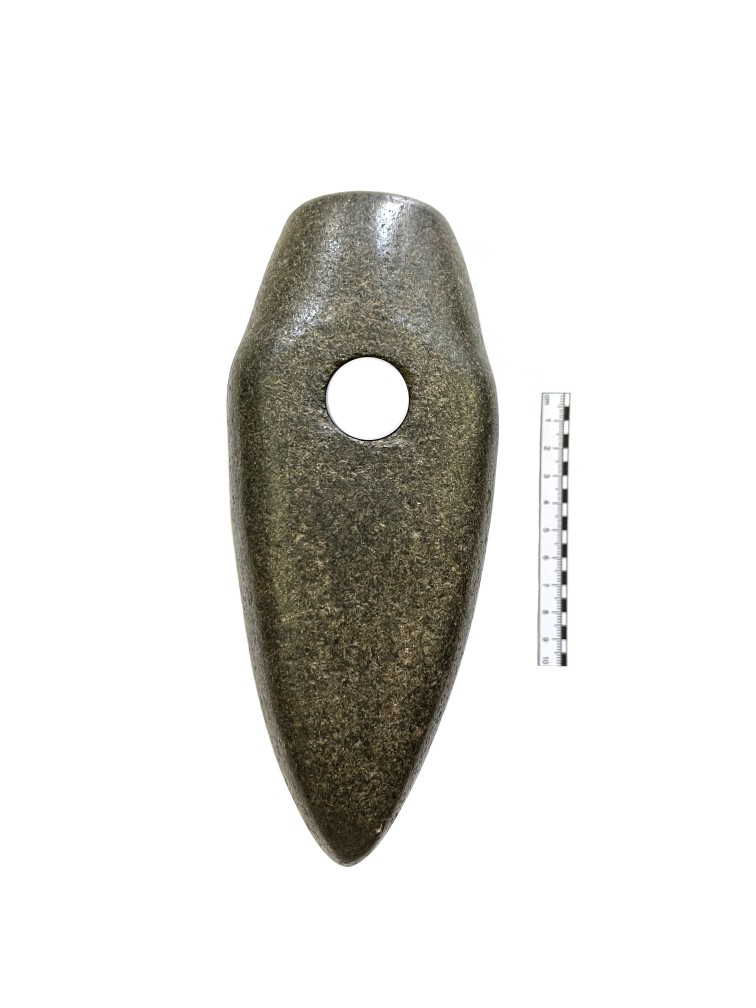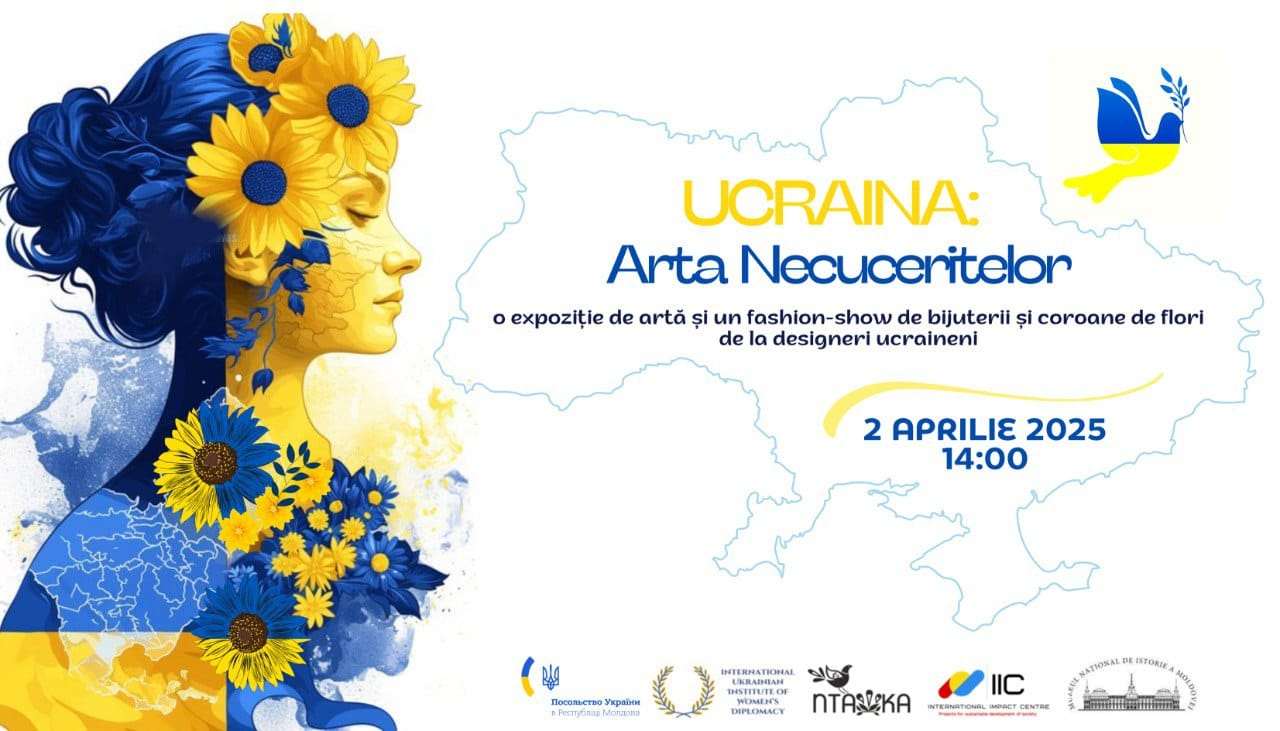  Events Archive Events Archive
Inauguration of the exhibition "Czech castles in the heart of Moldova"
May 15, 2024
On International Family Day, the exhibition "Czech Castles in the Heart of Moldova" was inaugurated at the National Museum of History of Moldova, an event realized in partnership with the National Museum of the Czech Republic and the Embassy of the Czech Republic in Chisinau.
Prominent officials were present at the opening ceremony, including Miloš Vystrčil, president of the Senate of the Czech Republic, Liliana Nicolaescu-Onofrei, president of the Culture, Education, Research, Youth, Sports and Mass Media Commission of the Parliament of the Republic of Moldova, and Stanislav Kázecký, Ambassador of the Czech Republic in Chisinau. The director of the National Museum of the Czech Republic, Michal Lukeš, and the director of the National Museum of History of Moldova, Eugen Sava, also participated, together with diplomats, people of culture and art.The President of the Senate of the Czech Republic, Miloš Vystrčil, thanked the museum for hosting and emphasized the exhibition's contribution to the development of cultural relations between the two countries. He paid tribute to students from various educational institutions in the Republic of Moldova who made models of Czech castles, thus contributing to the visual richness of the exhibition. The exhibition "Czech Castles in the Heart of Moldavia" presents a selection of 12 representative castles and fortresses from Bohemia and Moravia, historical areas of the contemporary Czech Republic. The selection includes UNESCO-listed sites such as Prague, Český Krumlov and Kroměříž, but also other outstanding monuments such as Karlštejn, Křivoklát and Jindřichův Hradec. The exhibition offers a glimpse into the cultural richness of the Czech Republic, including romantic ruins, castles converted into residences and modern palaces surrounded by splendid parks. This exhibition illustrates the diversity and importance of Czech castles and fortresses, which were originally the residences of social elites, rulers, aristocracy and religious institutions. Many of these, built in the Middle Ages and transformed in modern times, are now preserved in their authentic form and managed by various institutions and private individuals. The Czech Republic boasts one of the highest densities of castles and fortresses per square kilometer in the world, cementing its reputation as the "land of castles and fortresses". The exhibition "Czech Castles in the Heart of Moldova" will remain open to the public until June 16, offering visitors a unique opportunity to explore the cultural treasures of the Czech Republic.
|
 31 August 1989 St., 121 A, MD 2012, Chisinau, Republic of Moldova
31 August 1989 St., 121 A, MD 2012, Chisinau, Republic of Moldova






























































